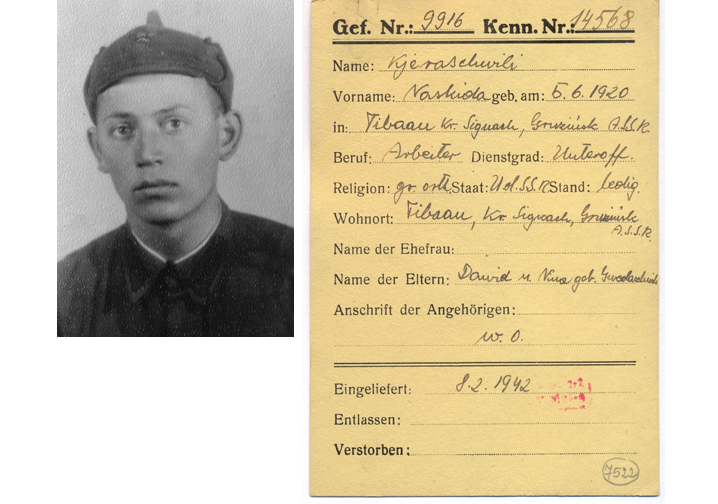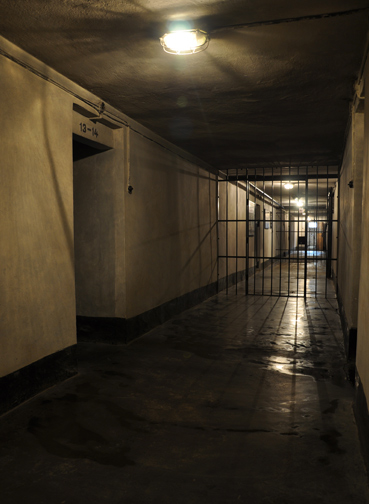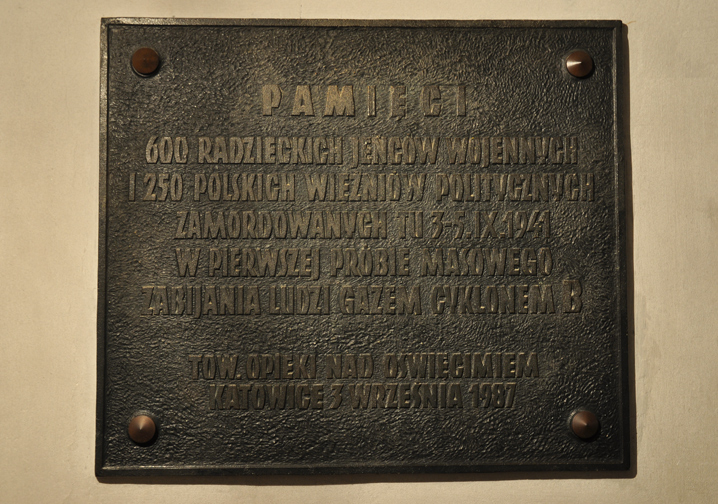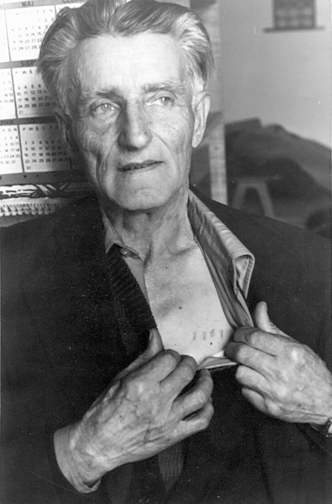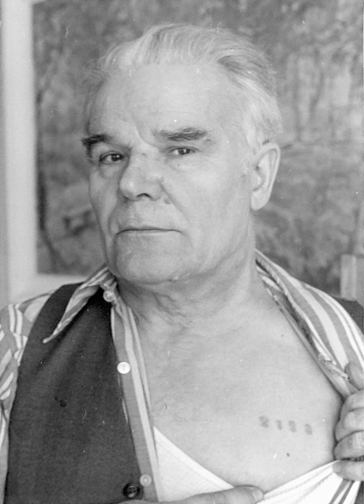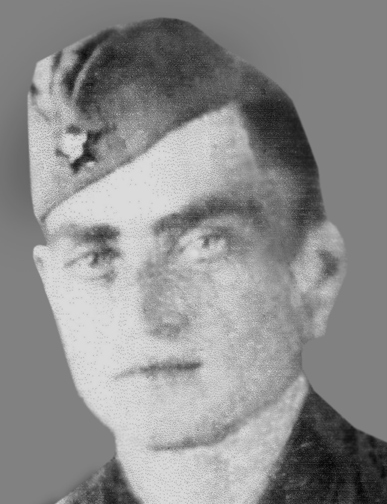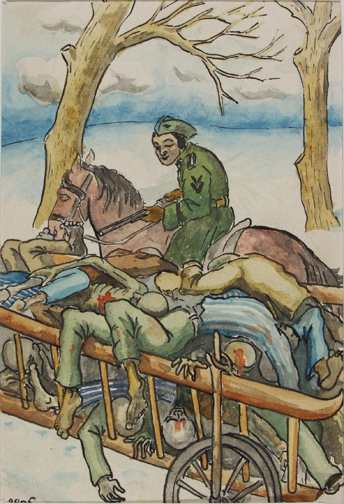One of the objectives of the war started by the Third Reich on 22 June 1941 was to destroy Communism. For this reason the German Nazi authorities ordered captured political commissars and other representatives of the Communist intelligentsia to be eliminated. During the war such jobs were performed by police task forces (Einsatzgruppen). However, some of the commissars avoided identification and were dispersed among ordinary prisoners of war. In order to find them (as well as members of the Soviet intelligentsia and Jews), security police units of several people (Einsatzkommandos) became active in POW camps. The commissars they identified were to be killed in the nearest concentration camp. According to prisoner accounts, already in July/August 1941 groups comprising what, as much would suggest, were most probably commissars were brought to Auschwitz and without registration killed. Then in the first days of September a group of 600 prisoners of war were delivered. Together with 250 Polish prisoners who were sick, they were murdered in the basement of Block 11 with the use of Zyklon B. This was the first case of mass extermination by gassing in the camp.


